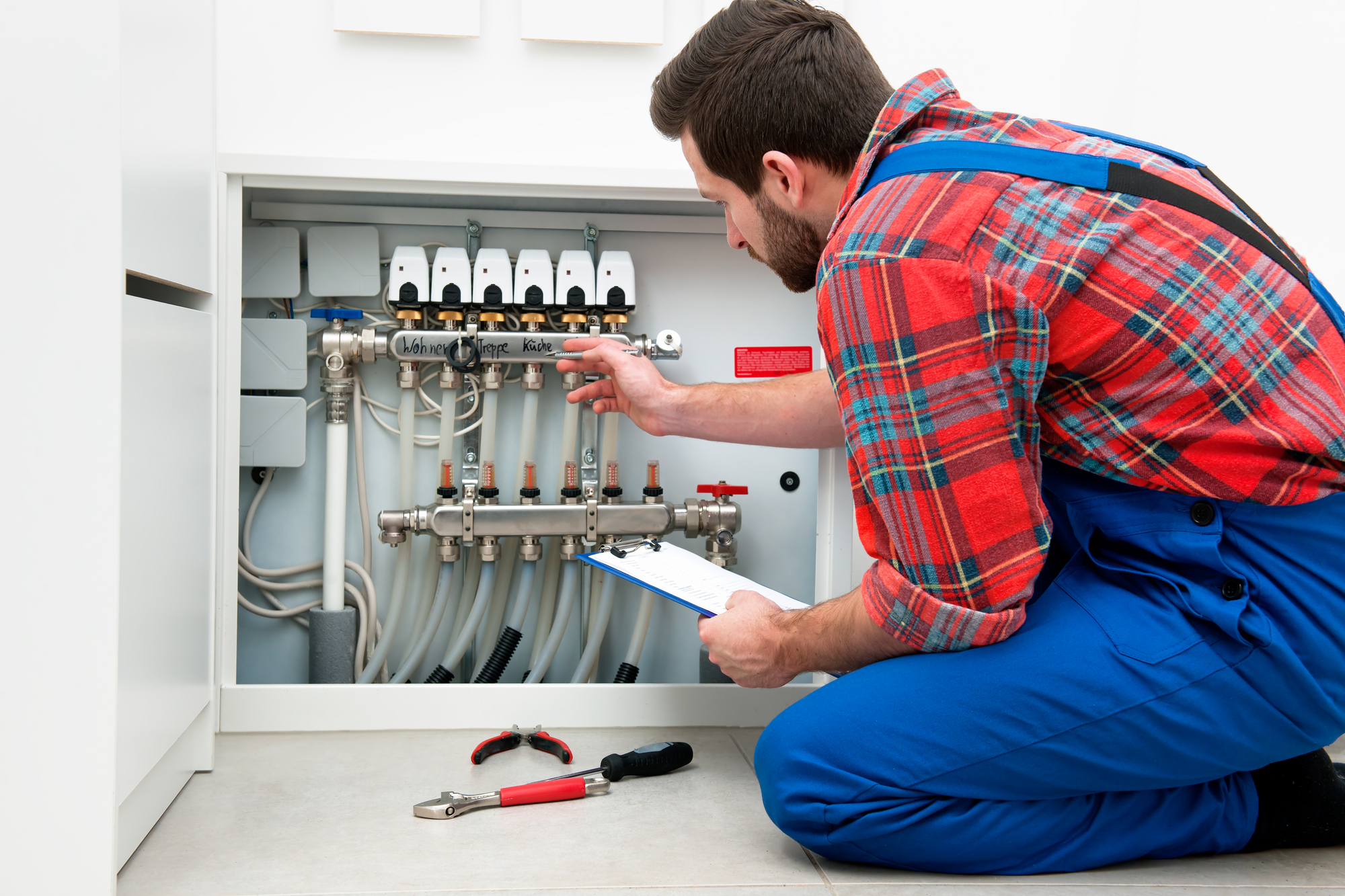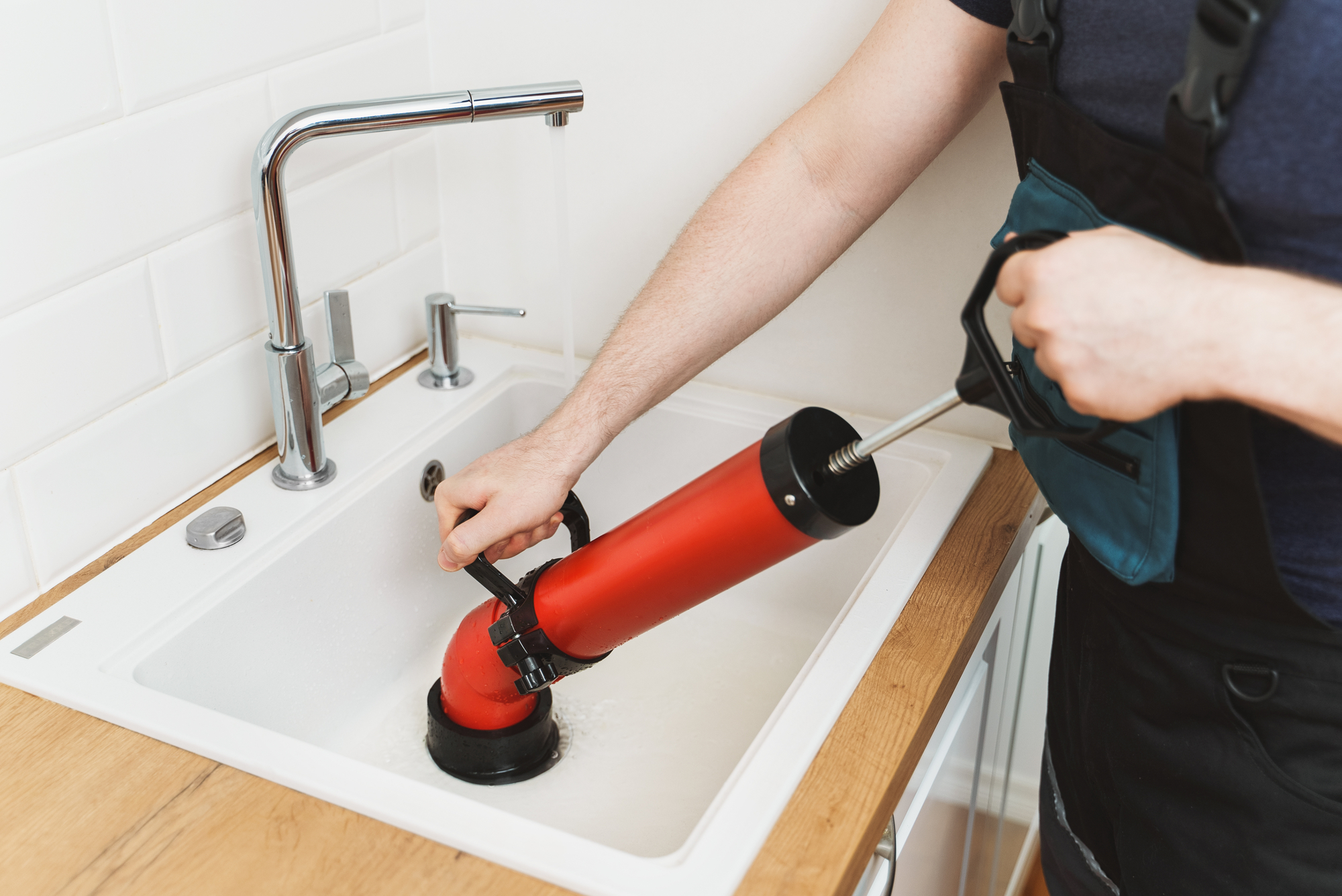Garbage disposals are invaluable kitchen appliances, offering convenience and efficiency in managing food waste. However, compatibility with various kitchen setups, cost considerations, and selecting the right unit are critical aspects to understand before installation. In this article, we delve into the intricacies of garbage disposal systems. Providing a step-by-step installation guide, comprehensive cost considerations, and tips. Which will ultimately answer are all garbage disposals universal as well as choosing the right unit.
Understanding Garbage Disposals
Garbage disposals are devices that stay beneath kitchen sinks. Its design helps to grind food waste into small particles for easy disposal through plumbing systems. While they serve a common purpose, are all garbage disposals universal? The simple answer is no. Not all disposals are universally compatible due to differences in design, size, and installation requirements. Variations in features such as horsepower, grinding mechanisms, noise reduction technology, and additional functionalities. All of these contribute to differences in disposal units.

Are All Garbage Disposals Universal?
When considering the installation or replacement of garbage disposals. Most ponder, are all garbage disposals universal? To answer this question It’s important to understand some features. Disposals vary in size, power, and the specifics of their installation. The variety of models available on the market means you need to select the correct model that compiles with your sink installation. Therefore, knowing the specific requirements of your kitchen setup is crucial.
Types of Garbage Disposals
Learning about the different types of garbage disposals can be a lot of help. Not all the disposal is helpful for your regular needs. The reason lies in their different variants and working capability. In the market, there are kinds of garbage disposal that work in different manners. So, in order to know which is best for our basic needs let’s dive in.

Here are some info about different kinds of garbage disposal:
Continuous Feed vs. Batch Feed
Continuous feed models operate as long as they are on. Allowing for the gradual addition of waste. Batch feed models, on the other hand, require the lid to be in place before they can operate, offering an added safety feature.
Septic Assist Disposals
These are designed for homes with septic systems and include features to help break down food waste more effectively. Reducing the risk of septic tank overload.
Noise-Insulated Models
If noise is a concern, models with modern sound insulation might be preferable. However, they may require more space due to additional insulation materials.
Materials
Grinding Chambers and Components
The most durable garbage disposals feature stainless steel grinding chambers and components. Stainless steel is resistant to corrosion and wear, extending the lifespan of the disposal. Less expensive models might use galvanized steel or a combination of metal and durable plastic. While these materials can be effective, they typically don’t offer the same longevity or resistance to corrosion.
Exterior Housing
The exterior housing of most garbage disposals is made from durable plastic or metal. This is less critical than the interior components material. Since it doesn’t come into direct contact with water and food waste. Still, durability matters for overall unit integrity.
Space Requirements
Before purchasing a garbage disposal, it’s essential to measure the available space under your sink. Garbage disposals can vary in size, with more powerful units generally being larger. Ensure there is enough room for the disposal and any connected plumbing. Consider the height, width, and depth of the space under your sink and compare it to the disposal’s dimensions.
Garbage disposal installation and costing
The installation cost for garbage disposal varies depending on several factors. Things like geographic location, the complexity of the installation, and additional work. The question of are all garbage disposals universal also extends to the cost and installation process. Highlighting the importance of choosing the right unit for your needs and budget.
On average, you can expect the installation cost to range as follows:
Basic Installation
If the installation is straightforward, with no need for additional plumbing or electrical work. The cost can range from $100 to $200. This scenario assumes that the new disposal is compatible with the existing setup and requires minimal modifications.
Moderate Complexity
For installations that require some adjustments to the plumbing or electrical connections. While it does not have any major upgrade the cost may range from $200 to $300. This might include situations where the new disposal has a different size or model. Which may require slight modifications to the setup.
High Complexity
If the installation involves significant plumbing or electrical modifications. If there is a replacement, at that time the cost can be around $300 to $400 or more. This could also include the need to install additional components. Things like a power outlet under the sink if the chosen model has no hardwiring.
It’s also worth noting that some plumbers or installers may charge a flat fee for the installation. While others may charge by the hour. The hourly rate can vary widely but typically falls between $45 and $200 per hour. Depending on the professional’s experience and location.
Step-by-Step Installation Process
- Gather Tools and Materials: Before beginning the installation process, ensure you have all the necessary tools and materials. Tools like a screwdriver, pliers, wrench, plumber’s putty, and disposal unit (with mounting hardware).
- Disconnect Power: Turn off the power supply to the disposal unit by switching off the circuit breaker. Or you may simply unplug it from the electrical outlet.
- Remove Old Disposal (if applicable): If your unit needs replacement. Firstly, disconnect it from the sink and plumbing system. Loosen the mounting assembly and detach the disposal unit from the mounting bracket.
- Install Mounting Assembly: Follow the manufacturer’s instructions to install the mounting and assembling. Ensure the mounting assembly and attachments are tight to the sink flange.
- Connect Disposal Unit: Connect the disposal unit to the mounting assembly according to the manufacturer’s instructions. Make sure the disposal has the proper alignment.
- Connect Plumbing: Connect the disposal’s discharge tube to the drainpipe using a suitable connector. Tighten all connections securely to prevent leaks.
- Test for Leaks: Turn on the water supply and run water through the disposal to check for any leaks. Tighten connections if necessary.
- Restore Power: Once the installation is complete and there are no leaks. Restore power to the disposal unit by switching on the circuit breaker or plugging it back.
Costing depends on horsepower
The cost of a garbage disposal can vary depending on horsepower (HP), brand, and features. Prices range from basic models to more advanced units with additional features like multi-stage grinding and noise insulation. Are all garbage disposals universal in pricing? Certainly not, as the price can significantly vary based on the unit’s power and features.
Here’s a general price range for garbage disposals based on horsepower:
- 1/3 HP: These are the most basic and least powerful models. Much suitable for individuals or small households with light food waste disposal needs. They typically range from $50 to $100.
- 1/2 HP: A step up from the 1/3 HP model. These disposals are more robust and can handle a moderate amount of food waste. Prices for 1/2 HP models usually fall between $75 to $150.
- 3/4 HP: With more power, these disposals can efficiently handle larger quantities and tougher food waste, making them suitable for most families. The price range for 3/4 HP models is approximately $100 to $250.
- 1 HP: These are high-end models designed for heavy use and can grind almost any food waste. 1 HP disposals are ideal for large households or those who cook frequently. They typically cost between $150 to $350 or more.
It’s also important to factor in installation costs if you’re not installing the unit yourself. Professional installation can add anywhere from $100 to $400 to your total cost. Depending on the complexity of the installation and local labor rates. Some retailers or brands may offer installation deals or promotions. So it’s worth researching or asking about these options when making your purchase.
Conclusion,
Are all garbage disposals universal? The answer is no. The compatibility, installation, and performance of garbage disposals depend on a variety of factors. By learning about these aspects and carefully selecting a disposal unit that meets your needs. You can ensure efficient and effective waste management in your kitchen. Remember, taking the time to research and choose the right garbage disposal will save time and hassle. Making your long run and investment well worth it.
FAQ
Q: Are all garbage disposals designed to fit every type of sink?
A: No, not all garbage disposals are designed to fit every type of sink. The mounting system can vary between different brands and models, which means compatibility with your sink’s setup is not guaranteed. It’s essential to check the specifications of both your sink and the disposal model you’re considering to ensure a proper fit.
Q: Can any garbage disposal work with a septic system?
A: Not all garbage disposals are suitable for use with septic systems. Some models are specifically ready for safety. Featuring technologies that help break down food waste more effectively to prevent septic tank overload. If you have a septic system, look for disposals labeled as septic-safe or specifically designed for septic systems.
Q: Do garbage disposals have a standard power requirement?
A: Garbage disposals come in various horsepower (HP) ratings, ranging from 1/3 HP to 1 HP and above. The power requirement is not standard across all models. Higher horsepower disposals do heavy-duty work.
Q: Are the installation requirements the same for all garbage disposals?
A: The installation requirements can vary depending on the model and brand of the garbage disposal. While many follow a standard installation process. Certain models may have unique requirements, especially if they come with additional features. It’s important to follow the manufacturer’s installation instructions or consult with a professional installer.
Q: Can I replace an old garbage disposal with a new model without making modifications?
A: Replacing an old garbage disposal with a new model may require some modifications. Depending on the size, power, and type of the new disposal. Are all garbage disposals universal in terms of replacement? The answer is no. Even if the brand is the same, changes in model design over time can lead to differences in installation.






